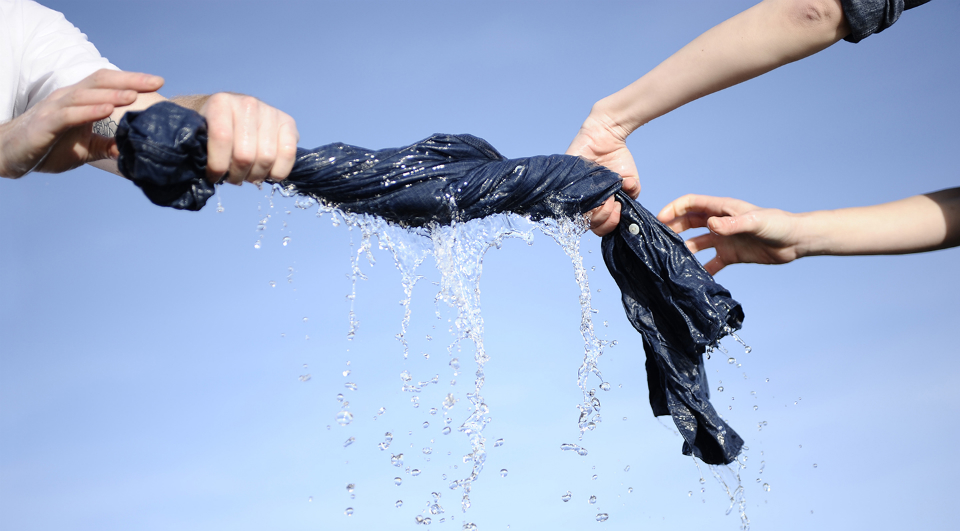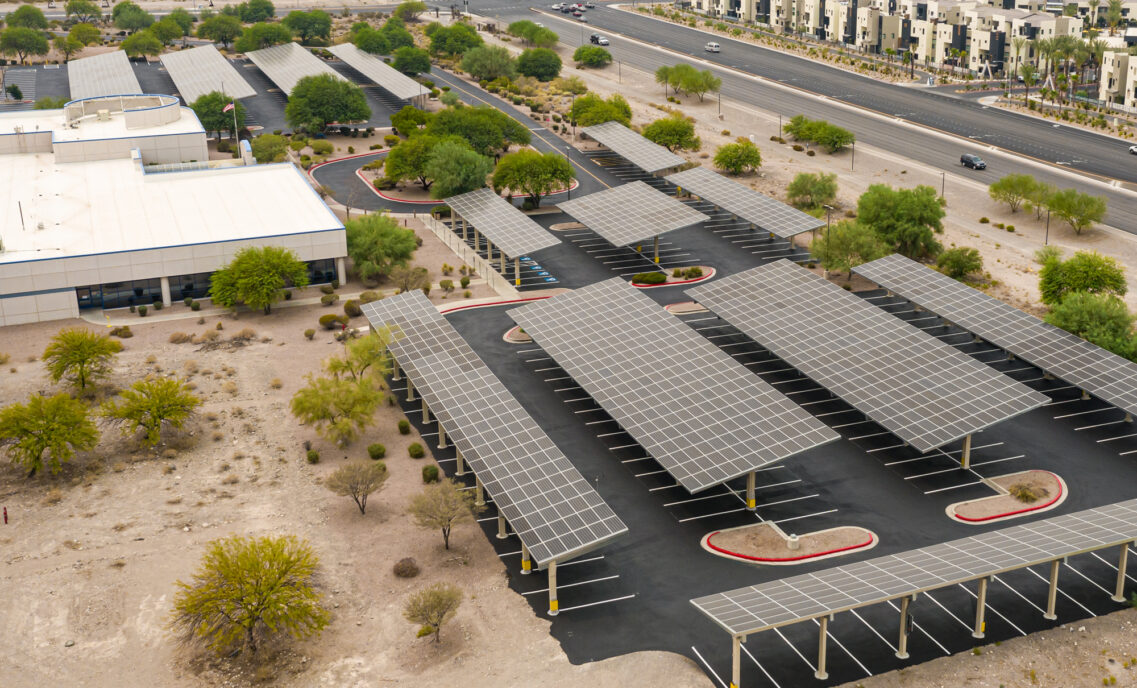Doing the right thing is rarely easy. It means asking tough questions, taking bold risks and making important changes. And since our company began 161 years ago, we’ve been committed to doing exactly that—on behalf of our employees, consumers, workers, and the planet.
Today, one of the biggest initiatives at Levi Strauss & Co. is sustainability. And if we hadn’t asked ourselves the difficult questions, we never would have landed on and launched our most sustainable, innovative, and influential product offering to date: Levi’s Water<Less.
For years, LS&Co. worked with organic and recycled cotton, and implemented labor and water quality standards, but still we felt we needed to do more. In 2007, we put these efforts to the test: LS&Co. completed a comprehensive life cycle assessment on a pair of classic 501s to gauge how we were impacting the environment at every stage of production. What we found changed the way we thought about our products.
Through our assessment, we discovered that cotton and consumer use were the biggest areas of water use — and that jumpstarted our Care Tag For Our Planet initiative, a program that educates consumers on sustainable ways to care for their jeans. It also prompted us to join the Better Cotton Initiative, which helps to make cotton more sustainable by reducing water inputs and promoting other sustainable growing techniques. But it was also clear that we needed to address the stage of the lifecycle that we control: production, so we took a long hard look at how we could best conserve water on our end. And our designers challenged themselves to achieve the finishing effects our consumers love while significantly decreasing water use.
The result was Levi’s Water<Less — a set of production processes that eliminate up to 96 percent of the water used in the finishing process. And despite — or because of — this constraint, LS&Co. was able to achieve sustainable, authentic, and consumer-friendly finishes – and ultimately revolutionize what we can offer consumers.
Water<Less is important to us at LS&Co. because it has shown us what’s possible when you look at limitations as an advantage, not a disadvantage. It’s shown us the potential a company has in reducing its environmental impact and when we take a sustainable approach to scale. To date, we’ve saved 889 million liters of water through our Water<Less products.
And best yet, it’s shown that doing right can be good for everyone — an increasing number of our suppliers and competitors are adopting techniques to reduce water use because it is better for the environment and it reduces their production costs. Water<Less makes business sense for us too — in 2014, we’re saving an estimated $1.6 million in costs of goods sold (COGS) from the program. In the end, with Water<Less, we didn’t make an eco-friendly one-off collection: we made an ongoing commitment to ensure our products meet truly substantial environmental standards.
Inspired by what we could do with Water<Less, LS&Co. continues to look at new ways to create similar sustainable product lines for our fans, another example would be Levi’s Waste<Less, which uses recycled plastic bottles and food trays to make jeans. This novel approach is continuously evolving.
Today, we are always challenging ourselves to innovate on sustainability — seeing how to combine environmentally sustainable practices like Water<less and Waste<less with production in factories that have programs to improve workers’ well being, such as women’s’ health education or financial literacy.
In our view, this integration of labor and environmental practices — addressing people and the planet — represents the next generation of truly sustainable products.
Have you had to ask your company tough questions to get at transformative results? Please tell me how you’ve done it, how you’ve taken on the big challenges, and share those experiences in the comments below.
This post originally appeared on LinkedIn, where LS&Co. leaders periodically share their perspectives and expertise on business trends, industry issues, careers and the workplace. Have thoughts or reactions to this piece? Head on over to LinkedIn to share them.







